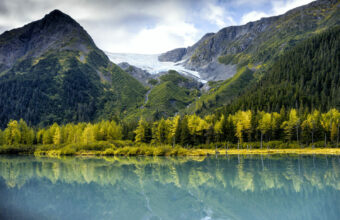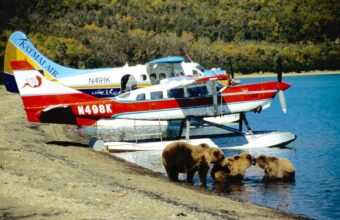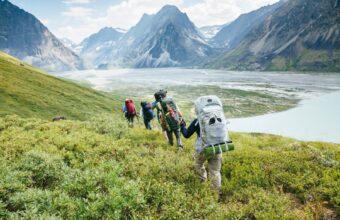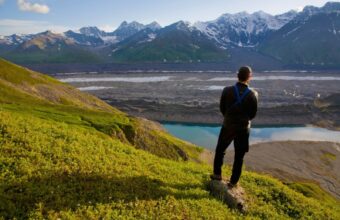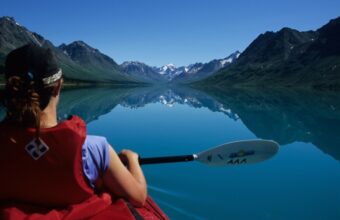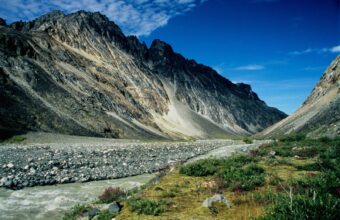Things To Do In Arctic National Wildlife Refuge
How to get to Arctic National Wildlife Refuge and what to do there
If you think of sprawling coastal plains and seemingly endless streams of caribou, you're probably thinking of the Arctic National Wildlife Refuge (ANWR to locals).
This massive refuge may be best-known for the highly public battle over whether to open its borders to oil drilling, but this vast, trackless wilderness is also home to more than 200,000 caribou and a smattering of polar bears, best seen from the tiny village of Kaktovik.
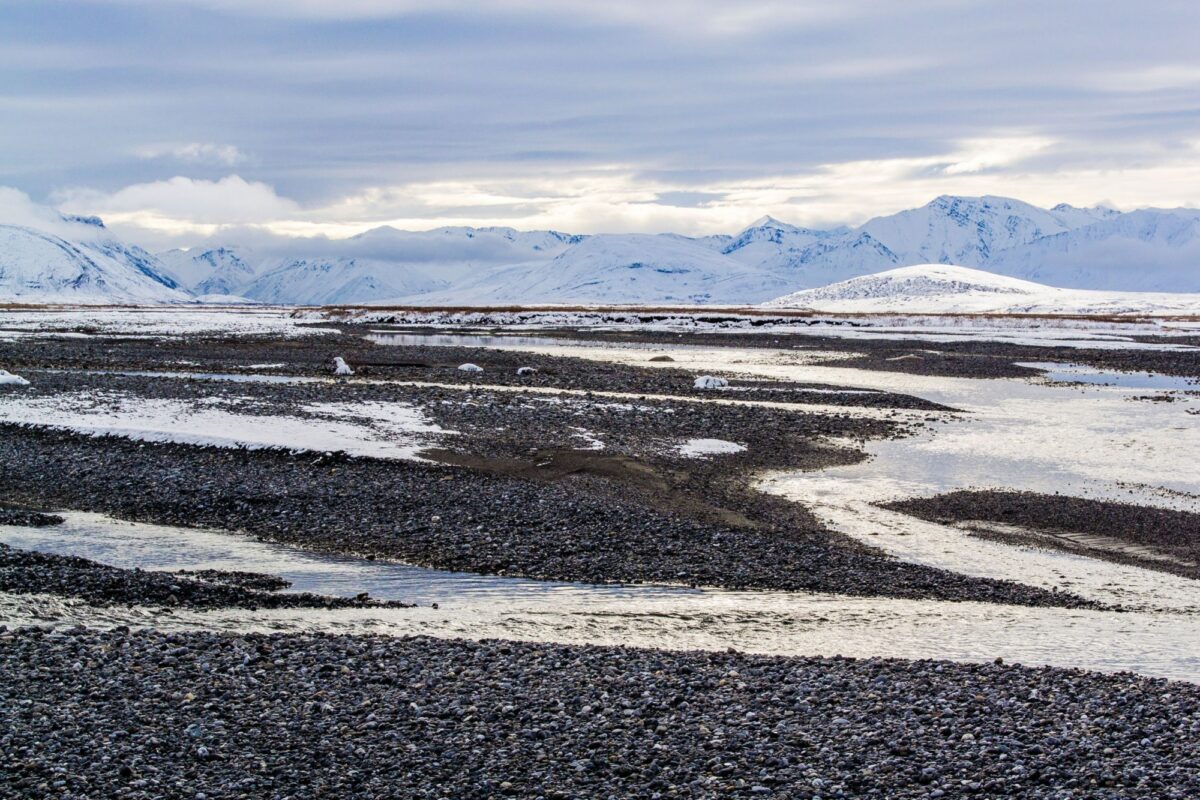
Ribdon River, Arctic National Wildlife Refuge
Arctic National Wildlife Refuge highlights & activities
The Arctic National Wildlife Refuge is a vast, trackless wilderness, ideally suited to remote hiking, backpacking, climbing and paddle/float trips.
This is a true wilderness—one of the most isolated places on earth, receiving fewer than 1,000 visitors each year. People generally visit as part of a guided or organised adventure tour.
ANWR is famous for its caribou herds, including the 1690,000-strong Porcupine caribou herd and about 42,000 animals from the Central Arctic caribou herd.
More recently ANWR has become infamous for the controversy over whether to open it to drilling for natural resources.
When to go to Arctic National Wildlife Refuge
Although the Arctic National Wildlife Refuge is open year-round, you’d do well to time your visit for the summer. Summer temperatures typically average around 5 C (40 F), although they can reach 26 C (into the 80s F); winter temperatures average around -17 C (zero F), but can easily dip much lower.
The sun doesn't set from late April to mid August; then, it doesn't rise from mid November to mid January. Conditions can change rapidly and unexpectedly, with freezing temperatures and snow possible at any time of the year. That said, the inland portions of the refuge tend toward moderate temperatures and variable winds, while the coastal region tends to be foggy, cool and windy.
Wildlife in Arctic National Wildlife Refuge
The Arctic National Wildlife Refuge is home to a rich, intact ecosystem that spans from a coastal marine environment to a coastal tundra plain, alpine tundra and the boreal forest.
There are 45 species of land and marine mammals, including polar bears, black and grizzly bears, two caribou herds, Dall sheep, muskoxen and a wide variety of smaller creatures.
ANWR also has more than 200 species of migratory and resident birds, including ground-roosting snowy owls and the amazing bar-tailed godwit, which make a 7,200-mile non-stop flight to get from New Zealand to Alaska.
The landscape is incredibly diverse too, including a coastal plain of Arctic tundra, the four highest peaks of the Brooks Range, and more than 160 rivers and streams, three of which are nationally designated wild rivers (the Wind River, the Ivishak River and the Sheenjek River).
Did you know?
The bar-tailed godwit makes a 7,200-mile flight from New Zealand to Alaska--the longest non-stop migration of any known bird.
How to get to Arctic National Wildlife Refuge
There are no roads or established trails in ANWR. The only way to get here is by air, by boat (on the rivers) or on foot; the latter happens only very rarely.
Most visitors take a small plane from Fairbanks to either Arctic Village (south of the refuge) or Kaktovik (on Barter Island, in the northerly reaches of the refuge), then take a bush plane to their final destination in the park. The most efficient flight from Fairbanks to Kaktovik takes two hours with Ravn Alaska and Hagelund Aviation.
Arctic National Wildlife Refuge facts & figures
- ANWR contains just short of 20 million acres; it contains two nationally designated wild rivers, and the largest designated wilderness within the National Wildlife Refuge system.
- This land was first protected as the Arctic National Wildlife Range in 1960. In 1980, the range was re-designated as part of the Arctic National Wildlife Refuge.
ANWR shares borders with Ivvavik and Vuntut National Parks in Canada.

